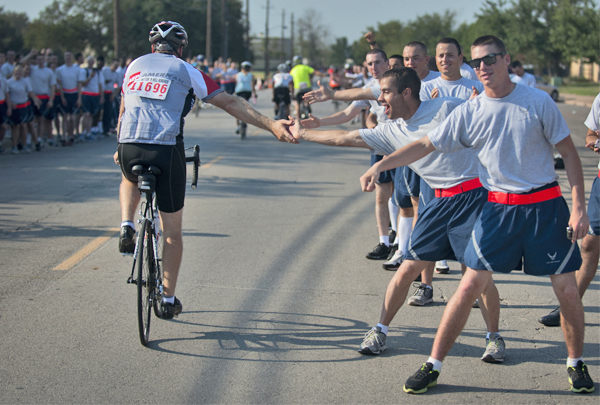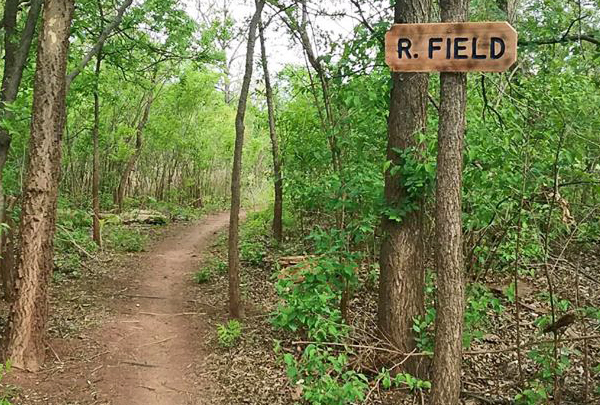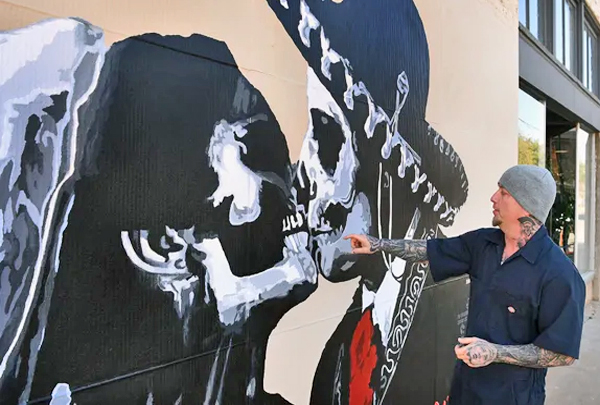Wichita Falls the Gateway to Texas
The City of Wichita Falls, Texas is comfortably nestled in the North-East corner of the Panhandle/Plains area of North Texas. By most accounts, Wichita Falls can be summed up with two words, pleasant and comfortable. This is a family-oriented city conveniently located within two hours of two metropolitan areas with populations exceeding one million citizens: Dallas-Fort Worth and Oklahoma City. Wichita Falls has a population of approximately 104,553 and is the county seat of Wichita County.
-
3
Transportation
Wichita Falls Regional Airport is serviced by American Airlines with connecting flights to DFW. Kickapoo Airport serves the general aviation needs of small jets and helicopters. The Travel Center handles the travel needs of bus passengers. It is serviced by Greyhound Bus Travel. The Wichita Falls Transit System, Falls Ride, provides public transportation for the City of Wichita Falls and its residents.
-
1
Location
Wichita Falls is about 15 miles south of the Oklahoma border, 115 miles northwest of Fort Worth, and 140 miles southwest of Oklahoma City. It has one of the largest freeway mileages for a city of its size. It is the western terminus for Interstate 44. Highways leading to or through Wichita Falls include 287, 277, 281, and 82. State Highway 240 ends at Wichita Falls and State Highway 79 runs through it.
-
2
Population
Wichita Falls has a population of approximately 104,553, making it the 38th-most populous city in Texas. It is home to Sheppard Air Force Base, which houses the Air Force's largest technical training and Euro-NATO Joint Jet Pilot Training program, the world's only multi-nationally staffed and managed flying training program to produce combat pilots for both USAF and NATO.
-
4
Climate Info
The hottest month is usually August with average temps of 97°F. Temperatures have hit 117 °F. The coldest month is January with average temps of 43 °F. Snowfall is sporadic and averages 4.1 in. The wettest month is usually June with an average of 1.44" of rain. Wichita Falls receives an average of 9.02" per year. The windiest month is probably April with an average wind speed of 11 mph.
You’ll find considerable cultural activities from the symphony to good old Texas rodeos. Wichita Falls prides itself on having something for everyone. The City has a wonderful twenty-mile-long trail system that winds through neighborhoods and along attractive streams and lakes for use by walkers, joggers, bicycles, and rollerbladers and an additional parks system featuring 39 parks within the city limits. The parks are great for family outings with spacious picnic shelters, playgrounds, nature trails, duck ponds, and more.
You can also enjoy the Wichita Falls ballet troupe, museums, symphony, community theaters featuring everything from Shakespeare to rock concerts, professional hockey, skate park, newly renovated municipal golf course, college football and basketball, festivals and fairs, water park, family entertainment centers, nearby lakes and mountains, and a Multi-Purpose Event Center with convention facilities, 10,000 seat arena, agriculture building and more.
Wichita Falls offers year-round entertainment and activities that are guaranteed to keep you and your family as busy as your schedule will allow.
The City also has several institutions of higher learning, and a community spirit geared toward family, friends, and a desire to see that this thriving city continues to grow and prosper. Our award-winning public school system and institutes of higher education are exemplary.
The Wichita Falls Independent School District (WFISD) serves the North Texas community of Wichita Falls. The District operates four early childhood campuses, 16 elementary campuses, three middle schools, three high schools, and three alternative campuses. The District also operates the Career Education Center, a state-of-the-art facility completed in 2017. Here, students are trained in one of 26 career pathways. Each provides students with a multitude of post-graduation opportunities. Two new state-of-the-art high schools are currently under construction.
Midwestern State University is heralded throughout the state for its medical, teaching, business, and liberal arts programs. The 255-acre campus is nestled among the city’s residential area and comprises 70 buildings, numerous playing fields, and an outdoor recreational facility near Sikes Lake.
Wichita Falls proudly calls itself the home of the finest military installation in the country, Sheppard Air Force Base. Through Sheppard’s Euro-NATO Joint Jet Pilot Training program, Wichita Falls has a significant international flavor. The program is utilized by seventeen different NATO countries for the finest fighter pilot training in the world.
There is a considerable international investment in the area’s manufacturing base as well. The greater Wichita Falls area has 185 manufacturing companies producing products for major automotive manufacturers, oil and gas production, construction, aircraft manufacturers, food service providers, water recreation, and more. Within a 60 mile radius of Wichita Falls, there are more than 393,000 people of which approximately 152,000 are in the workforce.
Wichita Falls also offers state-of-the-art medical facilities and services that have made it the health care choice of residents throughout North Texas and Southern Oklahoma. Along with excellent healthcare, the City has a lower than average cost of living with affordable, quality housing ranging from apartments to mansions.
History of Wichita Falls
Links for Wichita Falls Visitors
Emergency #’s
Fire & Police Emergencies
911
United Regional Hospital
940.764.7000
Kell West Regional Hospital
940.692.5888













































